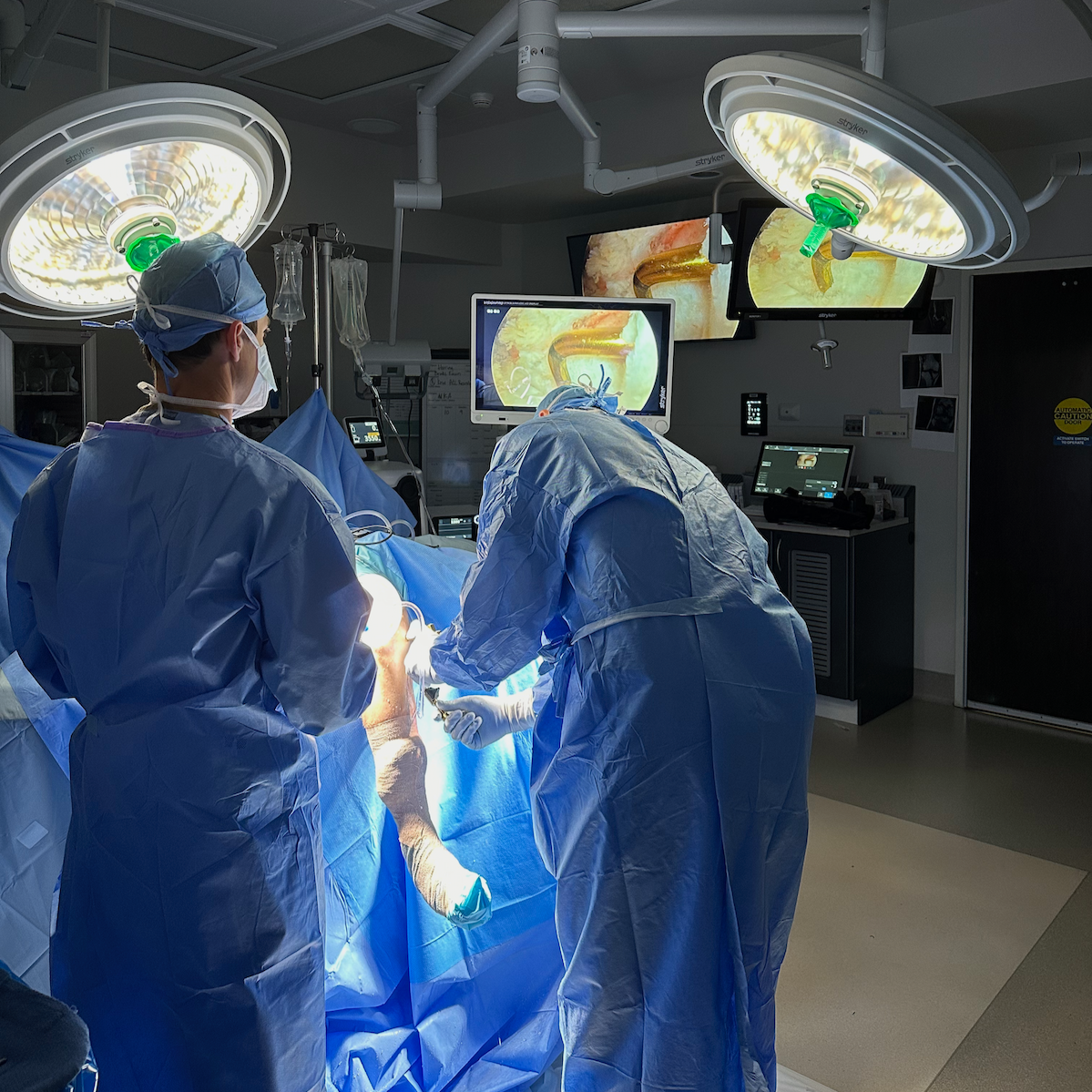ACL Reconstruction in Richmond, VA: What You Should Know with Dr. Marion Herring
ACL injuries are one of the most common sports-related knee injuries seen by Dr. Marion Herring, a board-certified orthopedic surgeon specializing in sports medicine and ACL reconstruction in Richmond, Virginia. Whether you're a high school athlete, weekend warrior, or active adult, a torn ACL can significantly limit your ability to stay active.
Understanding the anatomy, injury mechanics, and recovery process for ACL reconstruction is the first step toward getting back to doing what you love.
What Is the ACL and Why Is It Important?
The ACL (anterior cruciate ligament) is one of the four key ligaments that stabilize the knee joint. It plays a crucial role in rotational stability—helping control twisting, pivoting, and sudden directional changes.
Using a knee model, Dr. Herring explains the structure:
The medial collateral ligament (MCL) is on the inside.
The lateral collateral ligament (LCL) is on the outside.
The posterior cruciate ligament (PCL) is located in the back of the knee.
The ACL sits in the center and is critical for dynamic movement and athletic performance.
Because of where it’s positioned, the ACL is particularly vulnerable during pivoting or cutting movements, which is why ACL tears are so common in sports like soccer, basketball, skiing, and football.
How Does an ACL Tear Happen?
Most ACL injuries occur during non-contact movements, like planting your foot and twisting, or landing awkwardly from a jump. When the ACL tears, it often results in:
A popping sound or sensation
Sudden swelling
Knee instability or "giving out"
Difficulty bearing weight
ACL tears are often accompanied by meniscus injuries, which are important for joint cushioning and additional knee stability.
Treatment Options: When Is ACL Reconstruction Necessary?
Some patients—especially those who are less active—may be able to manage a torn ACL with physical therapy and bracing. However, Dr. Marion Herring notes that ACL reconstruction surgery is typically recommended for:
Athletes who want to return to pivoting or contact sports
Patients with significant instability or combined injuries (like a torn meniscus)
Individuals with high activity demands or unstable knees during daily tasks.
What Is ACL Reconstruction?
ACL reconstruction involves replacing the torn ligament with a graft—often taken from your own hamstring, patellar tendon, or a donor. The new graft is carefully positioned to replicate the original ACL and restore full stability to the knee.
As a sports medicine specialist, Dr. Herring uses advanced surgical techniques to ensure precise graft placement, minimize recovery time, and promote long-term success.
Why Choose Dr. Marion Herring for ACL Surgery in Richmond, VA?
With years of experience treating sports injuries and performing hundreds of successful ACL reconstructions, Dr. Marion Herring is trusted by athletes and active individuals throughout the Richmond area. He combines expert surgical care with comprehensive pre- and post-operative planning to guide patients through recovery and return to sport safely.
Schedule Your Consultation Today
If you’ve suffered a knee injury and suspect an ACL tear, don’t wait. Early diagnosis and the right treatment plan can make all the difference in your long-term outcome. Contact Dr. Marion Herring in Richmond, Virginia to schedule your consultation and take the first step toward full recovery.
Get back to the activities you love—with expert care from a Richmond sports medicine specialist you can trust.
